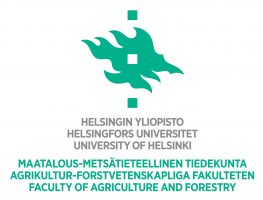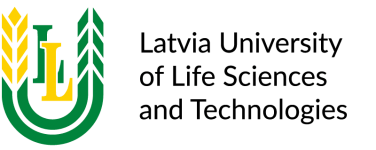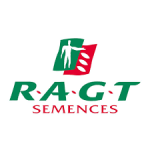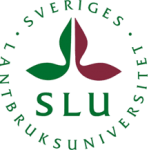How soybean introduction can impact agronomy and environment in a context of high productivity maize-based cropping systems? Which are the benefits and trade-offs of innovative soil management practices based on soybean no-till planting on thick rye mulch terminated with roller-crimper? Soybean cultivation is still very uncommon in Spain (<2000...
Read MoreIncreasing productivity and sustainability of European plant protein production by closing the grain legume yield gap
About LegumeGap
The LegumeGap project identifies the potential contribution of new cultivars, optimal management practices, and farmers’ knowledge in closing the yield and protein gaps. It contributes to reducing legume yield variability and EU-level protein shortfall and optimizing the environmental performance of legume production in Europe. We focus on faba bean and soya bean, due to their growing popularity, broad adaptability and high protein concentration in the seeds.
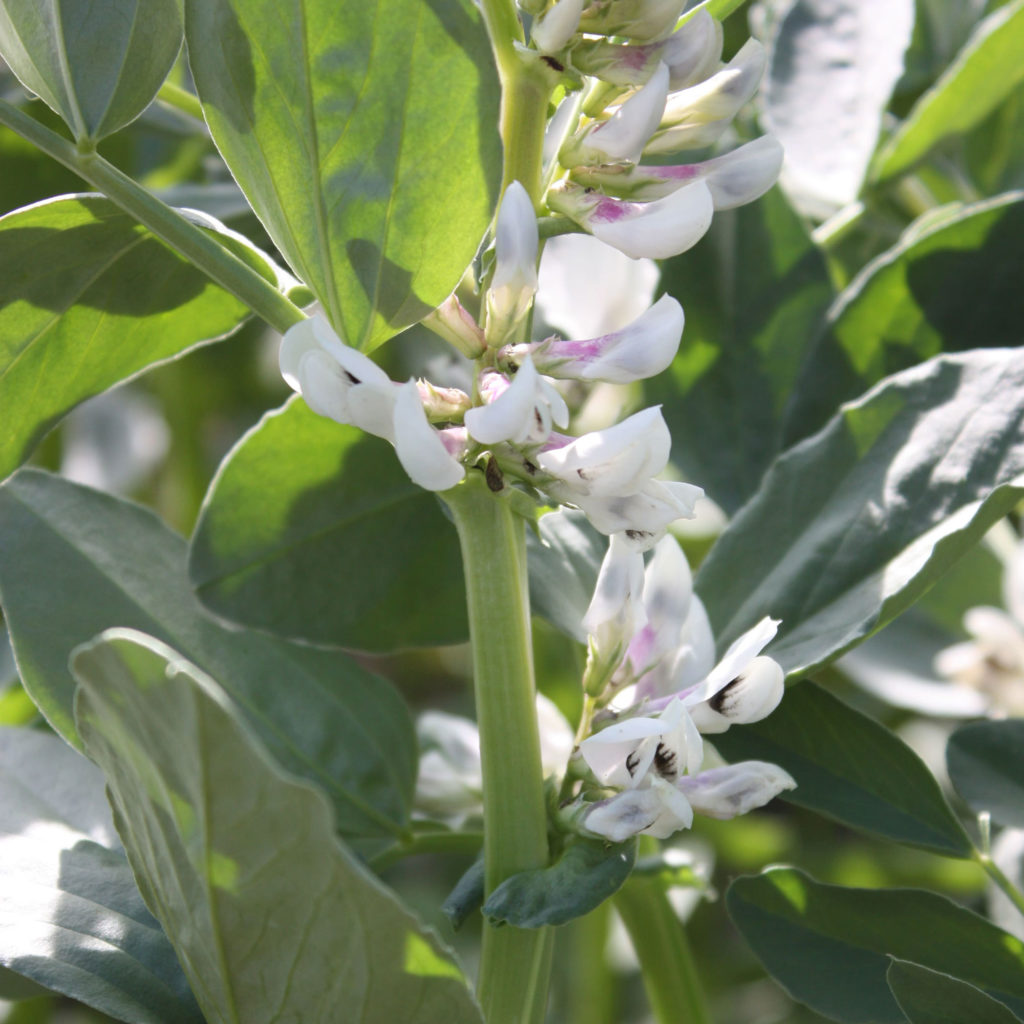
#LegumeGap
Flow-Flow message: Stream with specified ID not found or no feeds were added to stream
Large-scale farmer survey on legumes
The LegumeGap survey with farmers from nine EU countries is up and running! More than 800 responses have been collected, informing us on the reasons for yield gaps of major legume crops. Spread the link to our survey!
Read MoreFinnish project on grain legumes
Why does the world need to grow legumes? This is the question discussed in a webinar presented by a Finnish national project.
Read More


